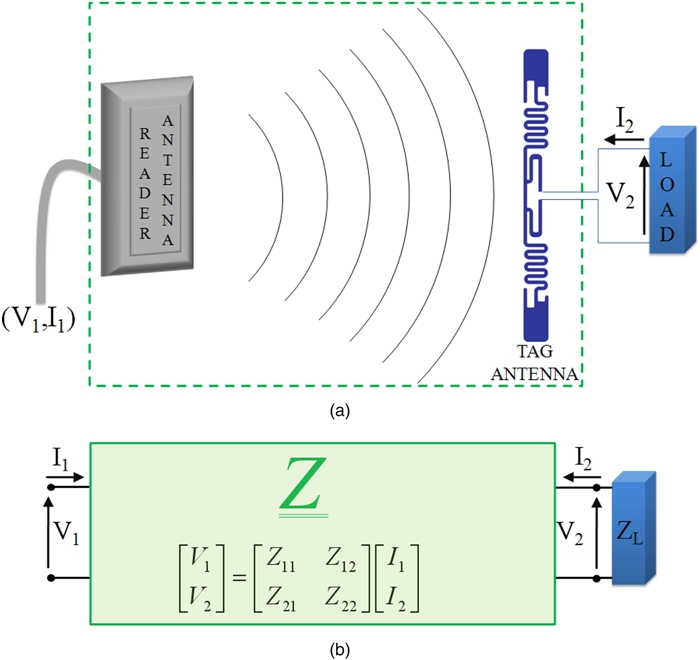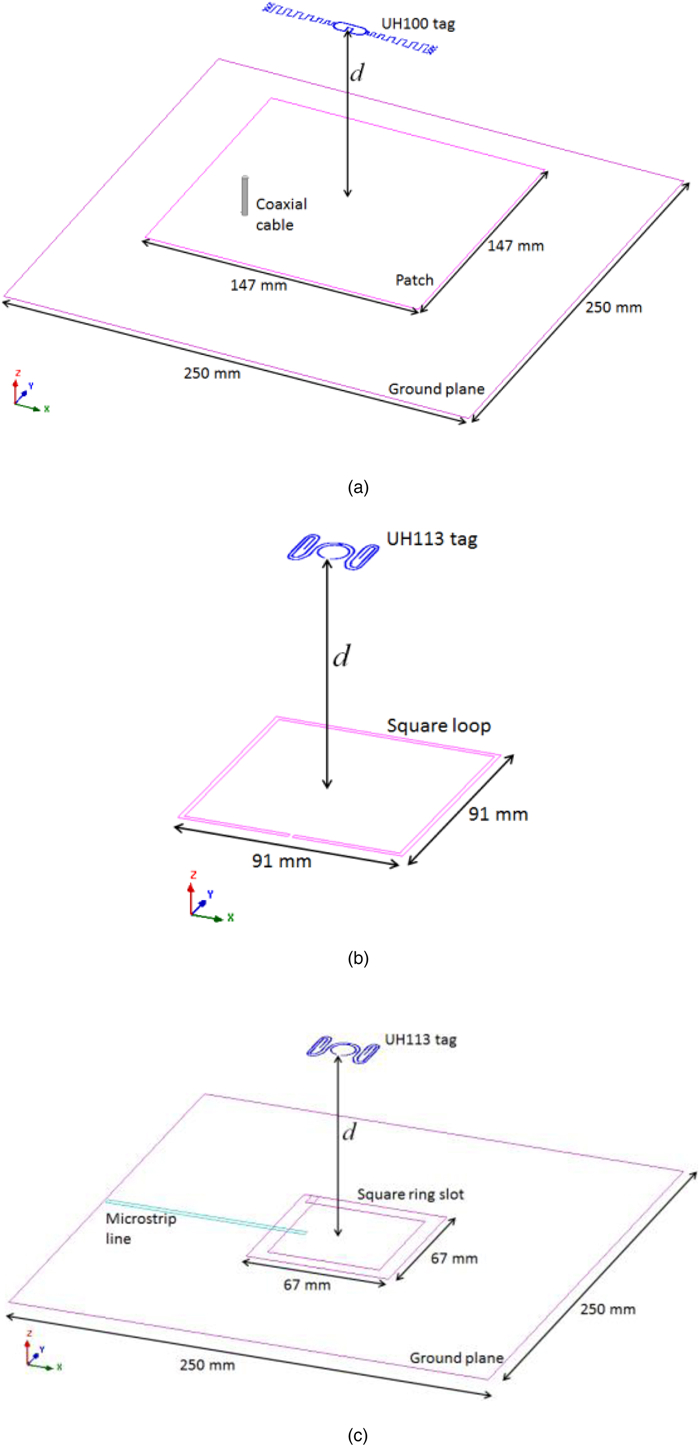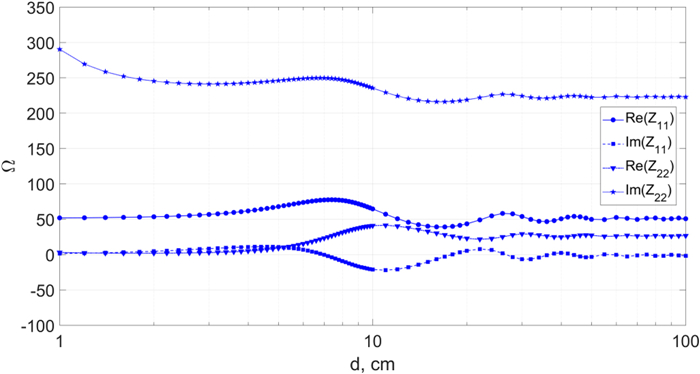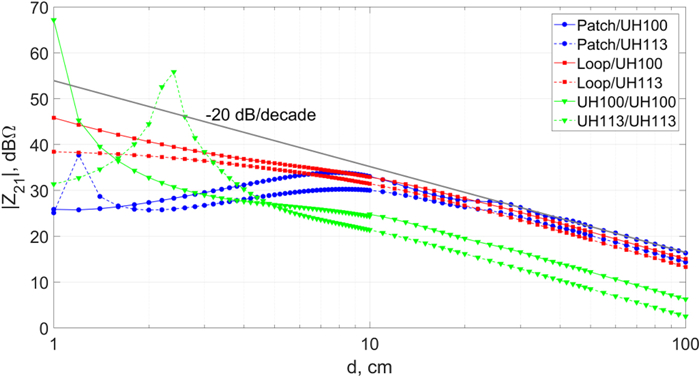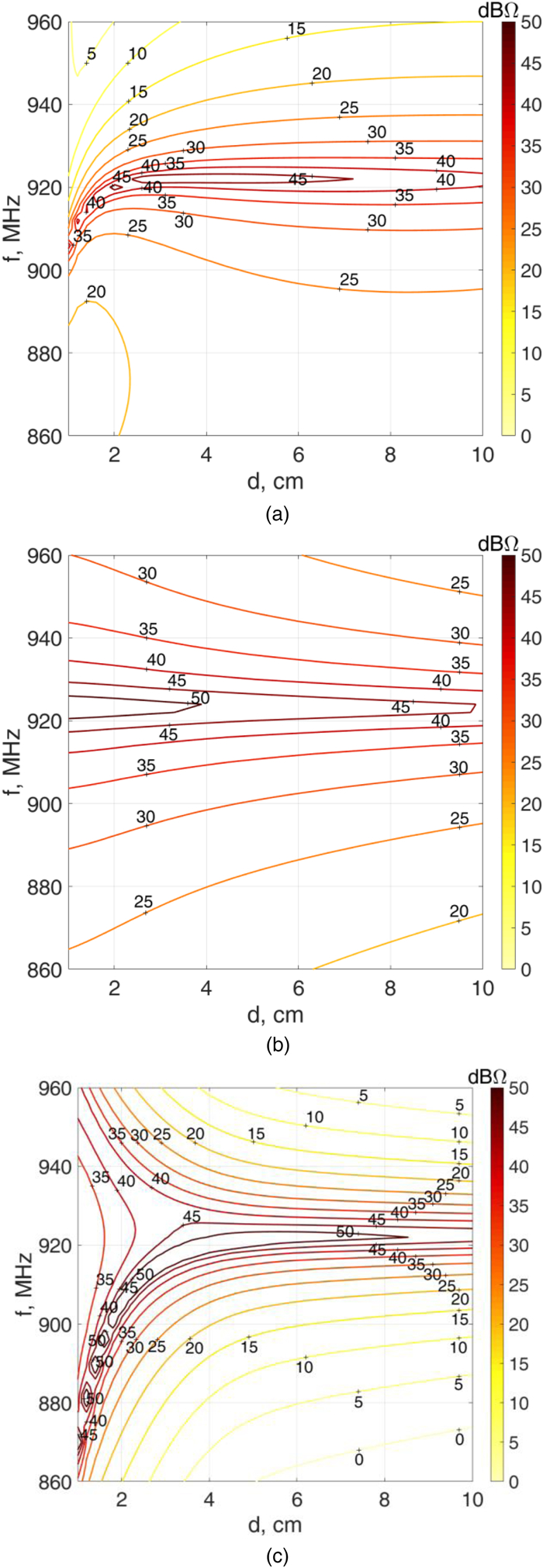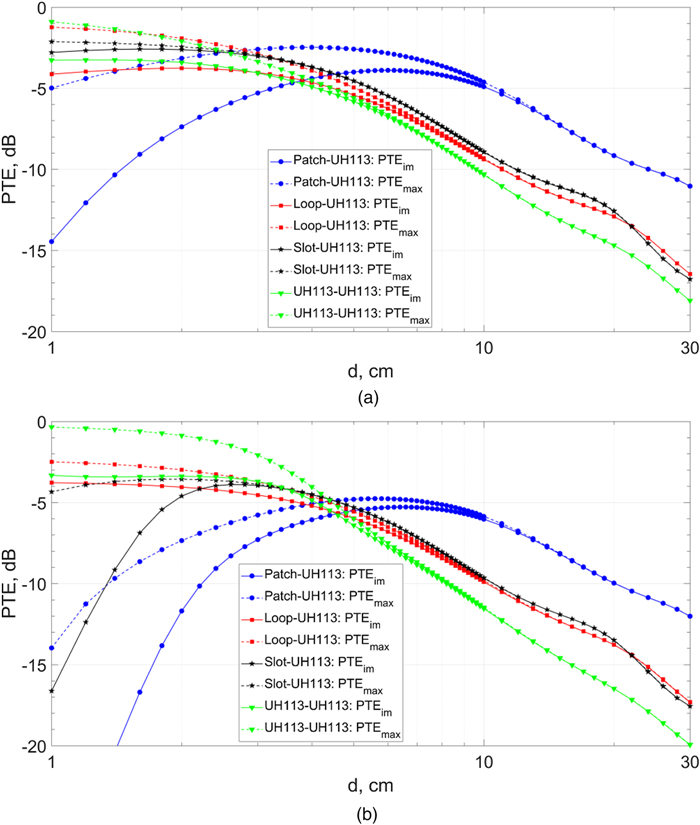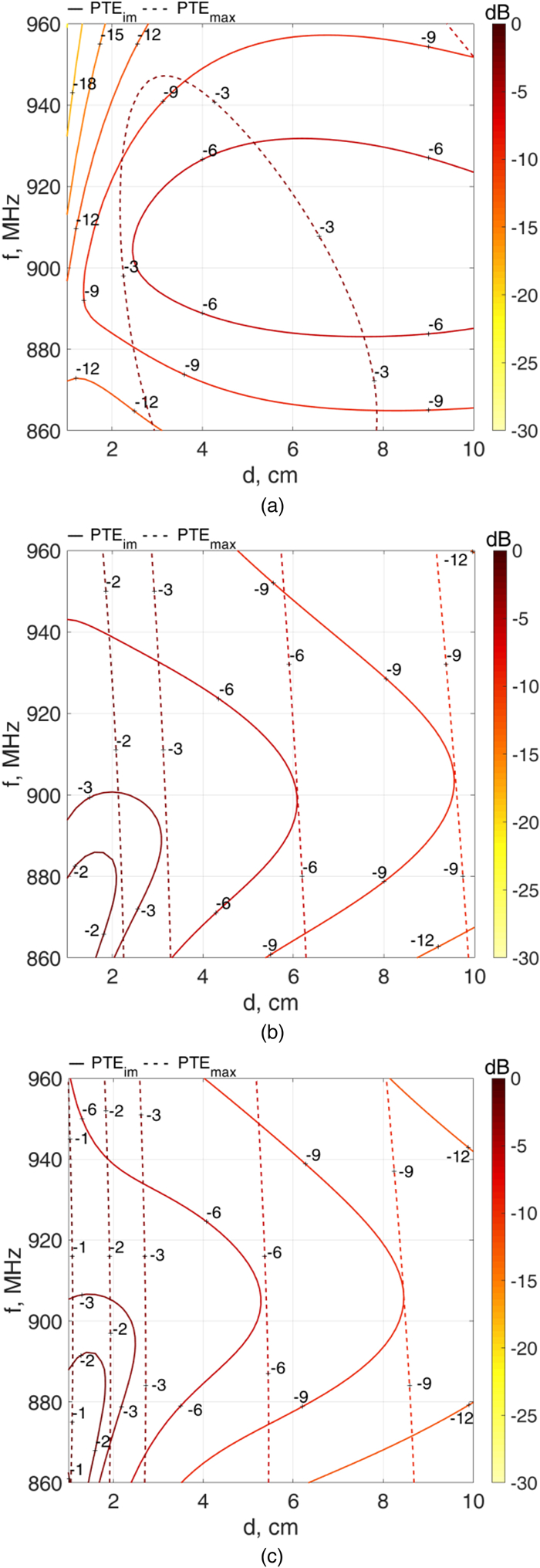Numerical analysis of wireless power transfer in near-field UHF-RFID systems
-
Department of Information Engineering, University of Pisa, Via G. Caruso 16, IT-56122 Pisa, Italy. Phone: +39 050 2217 576
More Information
-
Author Bio:
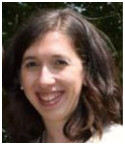 Alice Buffi
Alice Buffi received the bachelor and master (
summa cum laude) degrees in Telecommunications Engineering from the University of Pisa, Pisa, Italy, in 2006 and 2008, respectively. During the undergraduate course, she attempted additional classes to get the
Percorso di Eccellenza Award. She received the Ph.D. degree in
Applied Electromagnetism from the University of Pisa in 2012, with
Doctor Europaeus label. She is currently a Post-Doctoral Researcher with the Department of Information Engineering, University of Pisa. She was a Visiting Ph.D. Student with the Queen Mary University of London, London, UK, in 2012. Her research interests include design of near-field focused microstrip arrays and microstrip antennas, near-field coupling in UHF-RFID systems and wireless power transfer, antenna design for UHF-RFID readers, and new phase-based localization techniques for RFID systems. Dr. Buffi was a recipient of the Young Scientist Award from the International Union of Radio Science, Commission B, in 2013 and 2016.
 Andrea Michel
Andrea Michel received the M.E. and Ph.D. degrees in Telecommunications Engineering from the University of Pisa, Italy, in 2011 and 2015, respectively. Since 2015 he is a Post-Doctoral Researcher with the Department of Information Engineering, University of Pisa. His research topics focus on the design of antennas for communication systems and near-field UHF-RFID systems. In 2014, he was a Visiting Scholar at the ElectroScience Laboratory, the Ohio State University, Columbus, OH, USA. During this period, he has been involved in research on a theoretical analysis on the accuracy of a novel technique for deep tissue imaging. Recently, he is involved on the design of antennas for automotive applications and wearable communication systems. Dr. Michel was a recipient of the URSI Young Scientist Award in 2014, 2015, and 2016. In 2016, he received the Best Paper Honorary Mention from the IEEE International Conference on RFID-TA, Shunde, China.
 Paolo Nepa
Paolo Nepa is an Associate Professor at the University of Pisa. He co-authored more than 200 scientific papers on journals and international conference proceedings, regarding high-frequency asymptotic techniques, antenna design for mobile communications, radiolocalization techniques, RFID systems, wearable antennas, and on-body wave propagation modeling. He serves as an Associate Editor for
IEEE Antennas and Wireless Propagation Letters.
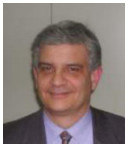 Giuliano Manara
Giuliano Manara is a Professor at the College of Engineering of the University of Pisa, Italy. Since 1980, he has been collaborating with the Department of Electrical Engineering of the Ohio State University, Columbus, Ohio, USA, where, in the summer and fall of 1987, he was involved in research at the ElectroScience Laboratory. His research interests include numerical, analytical and hybrid techniques (both in frequency and time domain), frequency selective surfaces (FSS), electromagnetic compatibility, the design of microwave antennas with application to broadband wireless networks, the development and testing of new microwave materials (metamaterials), the analysis of antennas, and propagation problems for radio frequency identification (RFID) systems. Prof. Manara was elected as an IEEE (Institute of Electrical and Electronic Engineers) Fellow in 2004. He served as the International Chair of URSI (International Radio Science Union) Commission B for the triennium 2011–2014. Prof. Manara has been elected as a URSI Fellow in 2017
-
Corresponding author:
A. Buffi Email: alice.buffi@iet.unipi.it
-
Abstract
A preliminary numerical analysis of the power transfer efficiency (PTE) for the forward link of near-field (NF) ultra high frequency (UHF)-radio frequency identification (RFID) systems is addressed in this paper, by resorting to an impedance matrix approach where the matrix entries are determined through full-wave simulations. The paper is aimed to quantify the NF-coupling effects on the PTE, as a function of the distance between the reader and tag antennas. To allow for a PTE comparison between different reader and tag antenna pairs, a benchmarking tag-loading condition has been assumed, where the tag antenna is loaded with the impedance that maximizes the PTE. In a more realistic loading condition, the load impedance is assumed as equal to the conjugate of the tag antenna input impedance. Full-wave simulations use accurate antenna models of commercial UHF-RFID passive tags and reader antennas. Finally, a "shape-matched antenna" configuration has been selected, where the reader antenna is assumed as identical to the tag antenna. It is shown that the above configuration could be a valuable compact solution, at least for those systems where the relative orientation/position between the tag and reader antennas can be controlled, and their separation is of the order of a few centimeters or less.
-
About this article
Cite this article
Buffi A, Michel A, Nepa P, Manara G. 2018. Numerical analysis of wireless power transfer in near-field UHF-RFID systems. Wireless Power Transfer 5(1): 42-53 doi: 10.1017/wpt.2017.16
|
Buffi A, Michel A, Nepa P, Manara G. 2018. Numerical analysis of wireless power transfer in near-field UHF-RFID systems. Wireless Power Transfer 5(1): 42-53 doi: 10.1017/wpt.2017.16
|


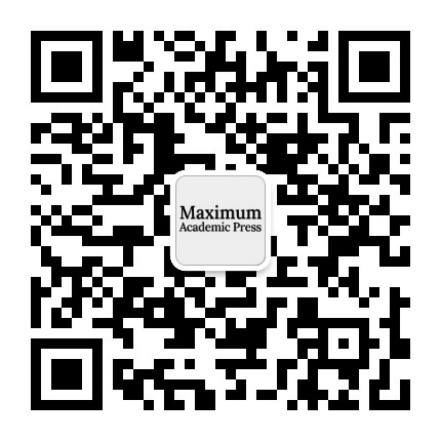







 Alice Buffi received the bachelor and master (summa cum laude) degrees in Telecommunications Engineering from the University of Pisa, Pisa, Italy, in 2006 and 2008, respectively. During the undergraduate course, she attempted additional classes to get the Percorso di Eccellenza Award. She received the Ph.D. degree in Applied Electromagnetism from the University of Pisa in 2012, with Doctor Europaeus label. She is currently a Post-Doctoral Researcher with the Department of Information Engineering, University of Pisa. She was a Visiting Ph.D. Student with the Queen Mary University of London, London, UK, in 2012. Her research interests include design of near-field focused microstrip arrays and microstrip antennas, near-field coupling in UHF-RFID systems and wireless power transfer, antenna design for UHF-RFID readers, and new phase-based localization techniques for RFID systems. Dr. Buffi was a recipient of the Young Scientist Award from the International Union of Radio Science, Commission B, in 2013 and 2016.
Alice Buffi received the bachelor and master (summa cum laude) degrees in Telecommunications Engineering from the University of Pisa, Pisa, Italy, in 2006 and 2008, respectively. During the undergraduate course, she attempted additional classes to get the Percorso di Eccellenza Award. She received the Ph.D. degree in Applied Electromagnetism from the University of Pisa in 2012, with Doctor Europaeus label. She is currently a Post-Doctoral Researcher with the Department of Information Engineering, University of Pisa. She was a Visiting Ph.D. Student with the Queen Mary University of London, London, UK, in 2012. Her research interests include design of near-field focused microstrip arrays and microstrip antennas, near-field coupling in UHF-RFID systems and wireless power transfer, antenna design for UHF-RFID readers, and new phase-based localization techniques for RFID systems. Dr. Buffi was a recipient of the Young Scientist Award from the International Union of Radio Science, Commission B, in 2013 and 2016.  Andrea Michel received the M.E. and Ph.D. degrees in Telecommunications Engineering from the University of Pisa, Italy, in 2011 and 2015, respectively. Since 2015 he is a Post-Doctoral Researcher with the Department of Information Engineering, University of Pisa. His research topics focus on the design of antennas for communication systems and near-field UHF-RFID systems. In 2014, he was a Visiting Scholar at the ElectroScience Laboratory, the Ohio State University, Columbus, OH, USA. During this period, he has been involved in research on a theoretical analysis on the accuracy of a novel technique for deep tissue imaging. Recently, he is involved on the design of antennas for automotive applications and wearable communication systems. Dr. Michel was a recipient of the URSI Young Scientist Award in 2014, 2015, and 2016. In 2016, he received the Best Paper Honorary Mention from the IEEE International Conference on RFID-TA, Shunde, China.
Andrea Michel received the M.E. and Ph.D. degrees in Telecommunications Engineering from the University of Pisa, Italy, in 2011 and 2015, respectively. Since 2015 he is a Post-Doctoral Researcher with the Department of Information Engineering, University of Pisa. His research topics focus on the design of antennas for communication systems and near-field UHF-RFID systems. In 2014, he was a Visiting Scholar at the ElectroScience Laboratory, the Ohio State University, Columbus, OH, USA. During this period, he has been involved in research on a theoretical analysis on the accuracy of a novel technique for deep tissue imaging. Recently, he is involved on the design of antennas for automotive applications and wearable communication systems. Dr. Michel was a recipient of the URSI Young Scientist Award in 2014, 2015, and 2016. In 2016, he received the Best Paper Honorary Mention from the IEEE International Conference on RFID-TA, Shunde, China.  Paolo Nepa is an Associate Professor at the University of Pisa. He co-authored more than 200 scientific papers on journals and international conference proceedings, regarding high-frequency asymptotic techniques, antenna design for mobile communications, radiolocalization techniques, RFID systems, wearable antennas, and on-body wave propagation modeling. He serves as an Associate Editor for IEEE Antennas and Wireless Propagation Letters.
Paolo Nepa is an Associate Professor at the University of Pisa. He co-authored more than 200 scientific papers on journals and international conference proceedings, regarding high-frequency asymptotic techniques, antenna design for mobile communications, radiolocalization techniques, RFID systems, wearable antennas, and on-body wave propagation modeling. He serves as an Associate Editor for IEEE Antennas and Wireless Propagation Letters.  Giuliano Manara is a Professor at the College of Engineering of the University of Pisa, Italy. Since 1980, he has been collaborating with the Department of Electrical Engineering of the Ohio State University, Columbus, Ohio, USA, where, in the summer and fall of 1987, he was involved in research at the ElectroScience Laboratory. His research interests include numerical, analytical and hybrid techniques (both in frequency and time domain), frequency selective surfaces (FSS), electromagnetic compatibility, the design of microwave antennas with application to broadband wireless networks, the development and testing of new microwave materials (metamaterials), the analysis of antennas, and propagation problems for radio frequency identification (RFID) systems. Prof. Manara was elected as an IEEE (Institute of Electrical and Electronic Engineers) Fellow in 2004. He served as the International Chair of URSI (International Radio Science Union) Commission B for the triennium 2011–2014. Prof. Manara has been elected as a URSI Fellow in 2017
Giuliano Manara is a Professor at the College of Engineering of the University of Pisa, Italy. Since 1980, he has been collaborating with the Department of Electrical Engineering of the Ohio State University, Columbus, Ohio, USA, where, in the summer and fall of 1987, he was involved in research at the ElectroScience Laboratory. His research interests include numerical, analytical and hybrid techniques (both in frequency and time domain), frequency selective surfaces (FSS), electromagnetic compatibility, the design of microwave antennas with application to broadband wireless networks, the development and testing of new microwave materials (metamaterials), the analysis of antennas, and propagation problems for radio frequency identification (RFID) systems. Prof. Manara was elected as an IEEE (Institute of Electrical and Electronic Engineers) Fellow in 2004. He served as the International Chair of URSI (International Radio Science Union) Commission B for the triennium 2011–2014. Prof. Manara has been elected as a URSI Fellow in 2017 


